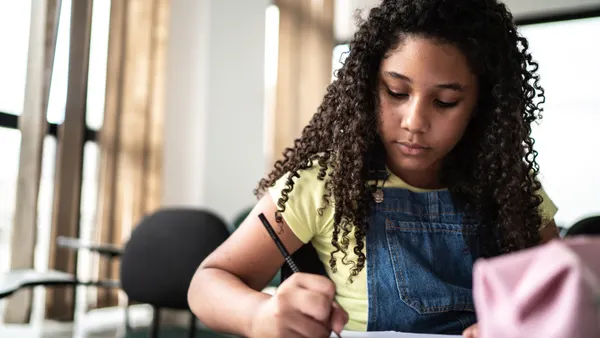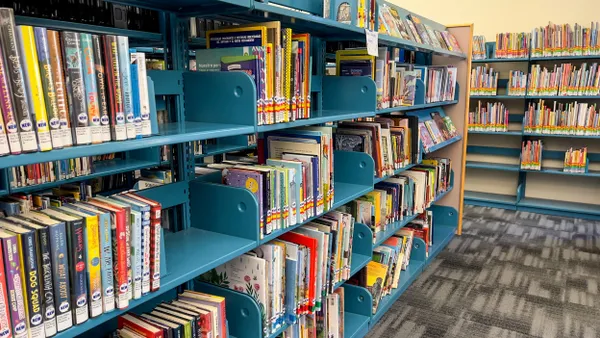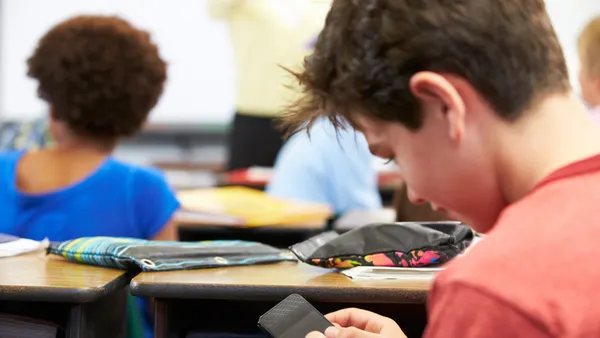Polly Walters and Chris Kuenning teach at St. Marys Middle School in the St. Marys City Schools in Ohio.
After 25 years of teaching English across the hall from each other, we decided it was time for an instructional reboot. Our textbook was several standards old and prevented us from keeping our test scores relevant. The rest of our resources were teacher-created, including our novel studies. We loved teaching novels, but always found it difficult to spend weeks on end with one book. We didn’t feel that we hit all the skills students needed or covered the standards as well as we could.
Knowing that some drastic changes were in order, our school took a two-pronged approach. We became a 1:1 device district and started exploring new curriculum options. We also reimagined our classrooms, adopted a “dive-in” attitude, and started using a platform to revitalize our instructional approach.
We also bravely let go of previous novel studies, methods, lessons and routines. Put simply, we tossed everything else we were doing and haven’t looked back since. Here’s how we made it happen:
Develop a device-sharing plan
We currently share a laptop cart with 30 devices, as St. Marys’ transition to a 1-to-1 device campus is not complete. We devised a plan to share the cart in two ways — 50/50 days and station rotation days.
On 50/50 days, we split the time difference, with each of us getting the full cart for half of a period. Alternatively, we have station rotation days, where we split the laptops — 15 per class — for the entire period. We then rotate the students through several stations using the devices, and other device-free activities.
Maximize station rotation
In Polly’s classroom, there are always four stations, with students spending 20 minutes at each one. One station is usually a close read of the text, one station might be a short grammar skill assignment, the third station is usually a lesson that’s taught in a small group, and the fourth emphasizes vocabulary by way of an engaging activity with either academic vocabulary or vocabulary from the text.
The grouping of students is either random or done by ability depending on objectives for the day. In Chris’ classroom, the station-rotation day allows us to provide individualized instruction to our student with individualized education programs. For two periods, we have an intervention specialist that works in 20-minute sessions, providing access to the grade-level text to all students.
Implement and fully leverage an online reading platform
We started piloting the reading program in 2018 and then adopted it fully in September 2019. We followed the instructional path closely, thus ensuring that every lesson — and every day —was structured differently than the one before. We were immediately impressed with how the solution’s unit assessments prepared students for the big end-of-the-year exam.
The results mirror how students perform on the Ohio state test. Before using the platform, we did practice questions pulled from the state website for a month. We couldn’t possibly create more questions like that ourselves. With our reading platform, students now have an entire year of test prep to work with.
Embrace bring-your-own policy
To provide the best access to technology possible, we allow students to use their phone or other personal device in the classroom in accordance with St. Marys’ bring-your-own-technology policy. We remind students to use the devices for the good of their education. The minute they stop doing that, we don’t allow them to bring it back into the classroom. This policy works well for us. In eight years, we’ve only had one student that lost that privilege.
To other teachers that are ready for their instructional reboots, we can tell you that the time investment will be well spent. We’re very excited about learning, exploring, and enriching instruction over the next few years — and beyond.










